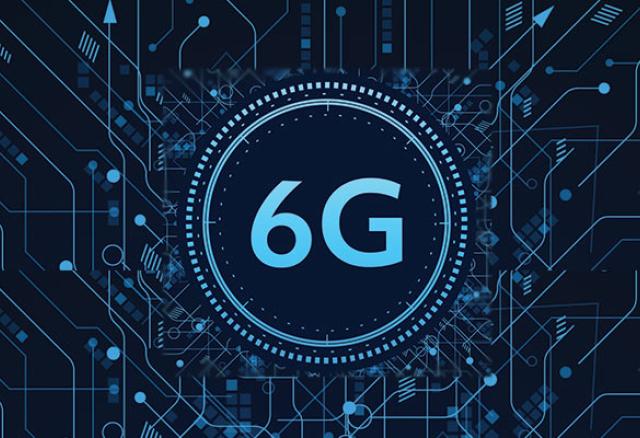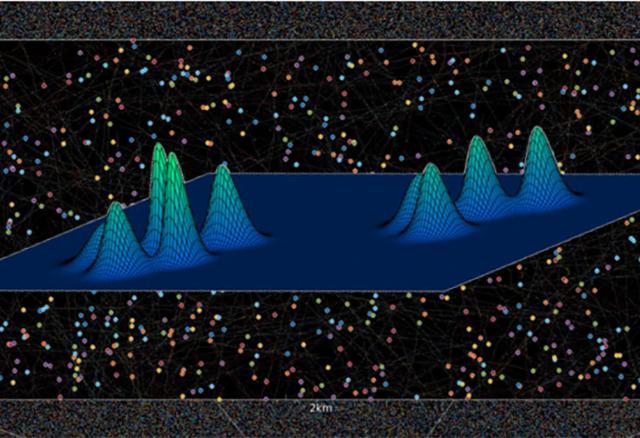Advancing Technological Equity in Speech and Language Processing: Aspects, Challenges, Successes, and Future Actions
Recent years have seen great strides being made in R&D of speech and language technologies. As these technologies continue to permeate our daily lives, they need to support diverse users and usage contexts, especially those with inputs that deviate from the mainstream.










